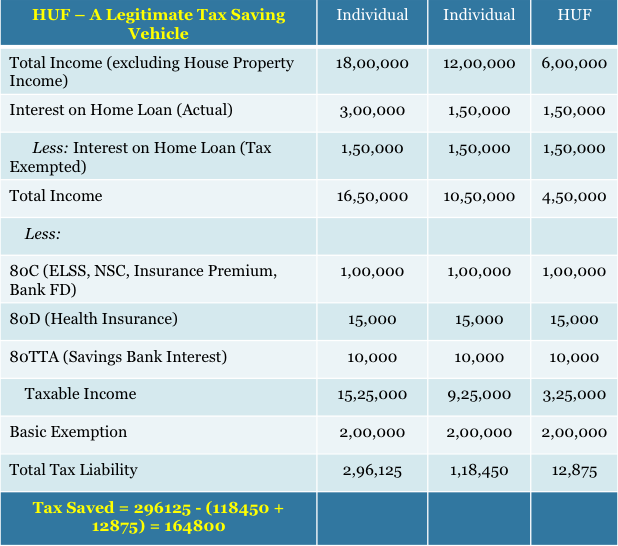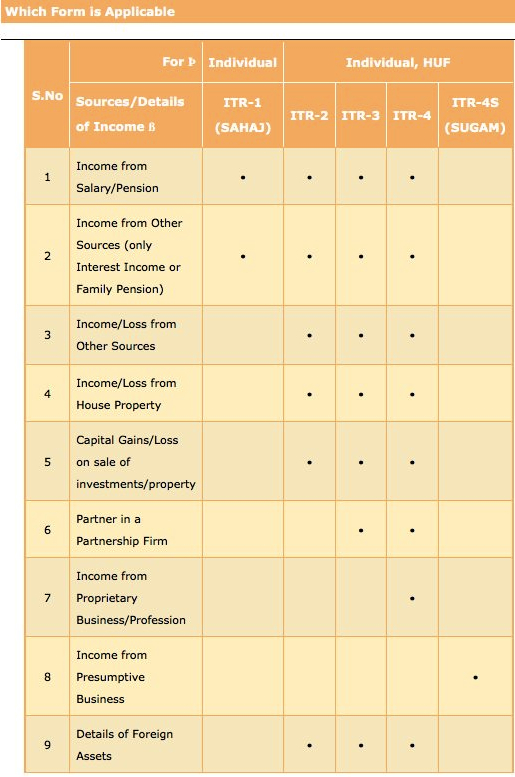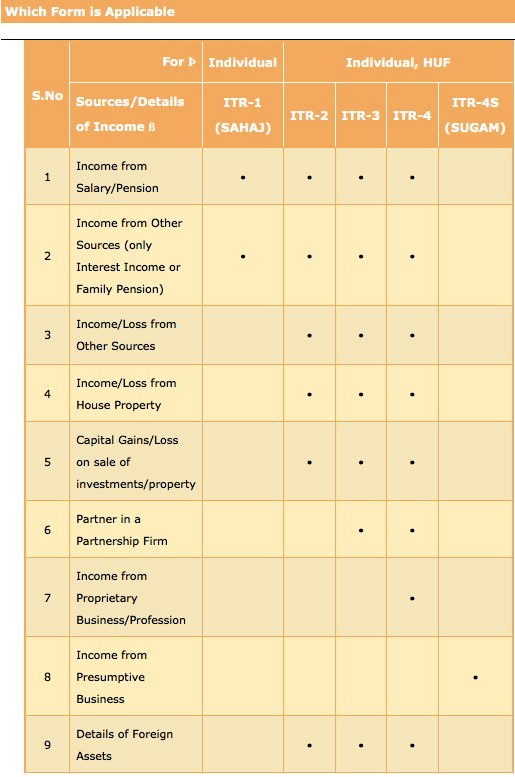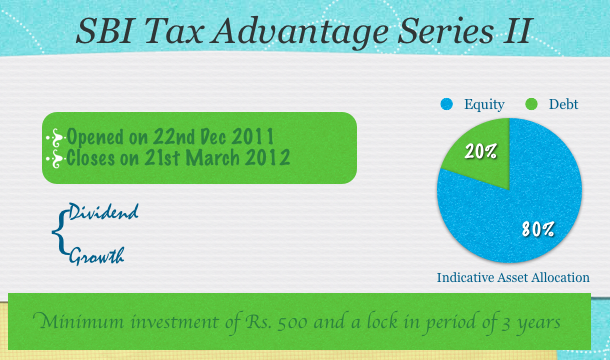This article is written by Aashish Ramchand, a Chartered Accountant by profession. Aashish is the co-founder of makemyreturns.com. He also has completed his CFA Level I (American) and is very passionate about writing articles on taxes and tax advisory. He can be reached at connect@makemyreturns.com
People generally believe that when it comes to the Salaried class, there is hardly any hope for tax savings. This observation however, is not entirely true.
The salary that an employee receives is in reality a combination of many types of income that are actually categorized differently according to the Income Tax Act, and your salary constitutes the following things:
- Basic Salary
- Different Allowances
- Different Perquisites (Perks)
- Other incomes not included in this list such as Commission, incentives, etc.
Most people do not have the knowledge that leaving aside the component of Basic salary, other components in the salary slip such as allowances and perks can enjoy tax exemption, though of course up to a certain limit. In fact, every employee, in consultation with his employer, can make alterations to his pay package so that the benefits from tax gain may be maximized.
Employees should therefore gain some knowledge regarding these simple tax gains and learn how to make use of tax exemption policies related to perks and allowances to gain as much they can instead of unnecessarily paying a high amount of taxes.
Employer’s Contribution to NPS eligible for deduction under 80CCD(2)
Section 80CCD(2) is a new section that not many people know about, and states that any contribution made by the employer towards NPS can be claimed for deduction by the employee. The two key restrictions are that the contribution must be made by the employer, and it can’t exceed 10% of your salary. Some employers like Wipro have already included 80CCD(2) them in their salary structure, so if your employer contributes to NPS then you should take advantage of 80CCD(2) as well.
The good thing about this is that the NPS contribution amount is counted in excess of the amount of INR 1,00,000 as mentioned under Section 80C, 80CCC and 80CCD.
Let’s now discuss the exemptions available with respect to common day to day allowances and perquisites.
HRA (House Rent Allowance):
The amount of HRA that an employee receives enjoys tax exemption up to the following limits
- 50 per cent of the employee’s salary when the employee resides in either of the four metropolitan cities, in other cases 40 per cent
- Any rent that is more than 10 per cent of the total salary of the employee
- Actual amount of HRA received
Transport Allowance:
The amount of transport allowance that an employee spends to get to his workplace from his place of residence enjoys a tax exemption of up to a limit of Rs. 800 per month.
Rent free furnished or unfurnished accommodation:
When an employer provides his employee with rent free furnishes or unfurnished accommodation it is considered a perk and employees can enjoy exemption from taxes up to the following limits
- If the said accommodation is in a city, the population of which exceeds 25 lakh, the tax exemption can be 15 per cent of the salary
- If the said accommodation is provided in a city, the population of which is less than 25 lakh but more than 10 lakh, it is 10 per cent of the salary amount
- If the said accommodation is provided in any other place with a population that is less than 10 lakh it is 7.5 per cent f the total salary
In the event of the furniture too being made available by the employer, 10 per cent of the employee’s salary is assumed to be the value of the furniture when the furniture is owned, and in the case of hire, the actual hire charges that the employer pays is considered.
The amount contributed by an employer as premium paid towards the group insurance schemes of the staff members or towards recreational amenities, including services provided by clubs etc. for the benefit employees is always considered to be under the Tax Exempt category.
Conclusion
The above information has been relayed so that employees understand the various ways through which they can save on the taxes they pay. With the help of these different exemptions, employees can alter their existing salary structure in such a way that the optimum tax benefits can be availed by employees. Employees can try to confine the allowances within the limits set for exemption while the individual’s tax plans can also be prepared in relation to the valuation of the perks or perquisites.
Employees should always ensure that the exemption limits set under 80C and 80D are always used to their maximum potential too.








